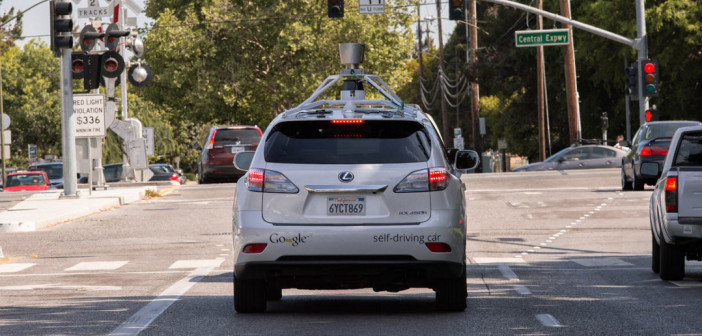New consortium led by Ordnance Survey secures Government funding to position the UK as a leader in connected and autonomous vehicles
A consortium of leading UK businesses has secured funding from Innovate UK to examine the data requirements needed to support autonomous navigation. The ‘Atlas’ initiative will study data critical to the efficient operation of autonomous vehicles and how it can be enhanced.
Testing the feasibility of maintaining, processing and distributing this data is a core element of the project. If Atlas is successful, Britain could see a more rapid take up of connected and autonomous vehicles, consolidating the UK’s position as a global leader in driverless car technologies and innovation, claimed Ordnance Survey.
The Consortium is made up of Ordnance Survey, Satellite Applications Catapult, the Transport Research Laboratory (TRL) in Grenwich, London, s well as Sony Europe, two leading UK specialist companies in autonomous and navigation systems, Gobotix and OxTS, plus the Royal Borough of Greenwich.
Rob Wallis, CEO at TRL said: “Atlas is the latest in a string of innovative projects to be making use of TRL’s UK Smart Mobility Lab at Greenwich. It is an important project for autonomous vehicle development because the success of this work will not only enable safe navigation of these vehicles, but help to transform our transport system and ultimately save lives. If we can understand how to safely and securely transfer data between vehicles, then we really can put the UK at the forefront of connected and automated mobility.”
It is one of a number of projects, announced by Secretary of State for Business, Innovation and Skills, Sajid Javid on 1 February, that will benefit from £20 million of government investment to research and develop communication between vehicles and the roadside infrastructure. The Atlas project will commence 1 May 2016.
Following the announcement, Jeremy Morley, Ordnance Survey’s chief geospatial scientist, stressed the strength of the consortium and the potential benefits from the Atlas project: “Autonomous vehicles will need to find their way reliably and safely through a vast network of streets while interacting with driven and other autonomous vehicles.
“Imagine sections of road – other than motorway – equipped with beacons using the potential of 5G technology and geospatial accuracy to sense ‘unexpected objects’ (a.k.a ‘children and animals’), that may unwittingly stray into the path of an oncoming autonomous vehicle,” Morley continued: “Engines in autonomous cars that pick up on road surface conditions perhaps, to adjust a car’s tyre pressures. We’re already seeing developments along these lines as collaborations between other mapping organisations and a range of car manufacturers; BMW, AUDI, et al.”
Morley added: “Then, what about catalytic converters that issue reports on fuel efficiency? Based on data coming from sensors embedded in the road’s surface, these could then update an employee’s benefits in kind, in real time. Dynamic cats-eyes that open and close as traffic passes maybe; smartphones equipped with apps to interpret gantry signals, automatically updating calendars and meeting requests depending on traffic flow.”
Ben Davis, technical director at Gobotix, noted: “We have been working for some time alongside OxTS to use our joint expertise in robotics, navigation and computer vision in order to improve and build upon vehicle autonomy in a range of environments. This exciting opportunity enables us, through close collaboration with industry-leading companies, to explore further some the ideas of our brightest and best minds.”





